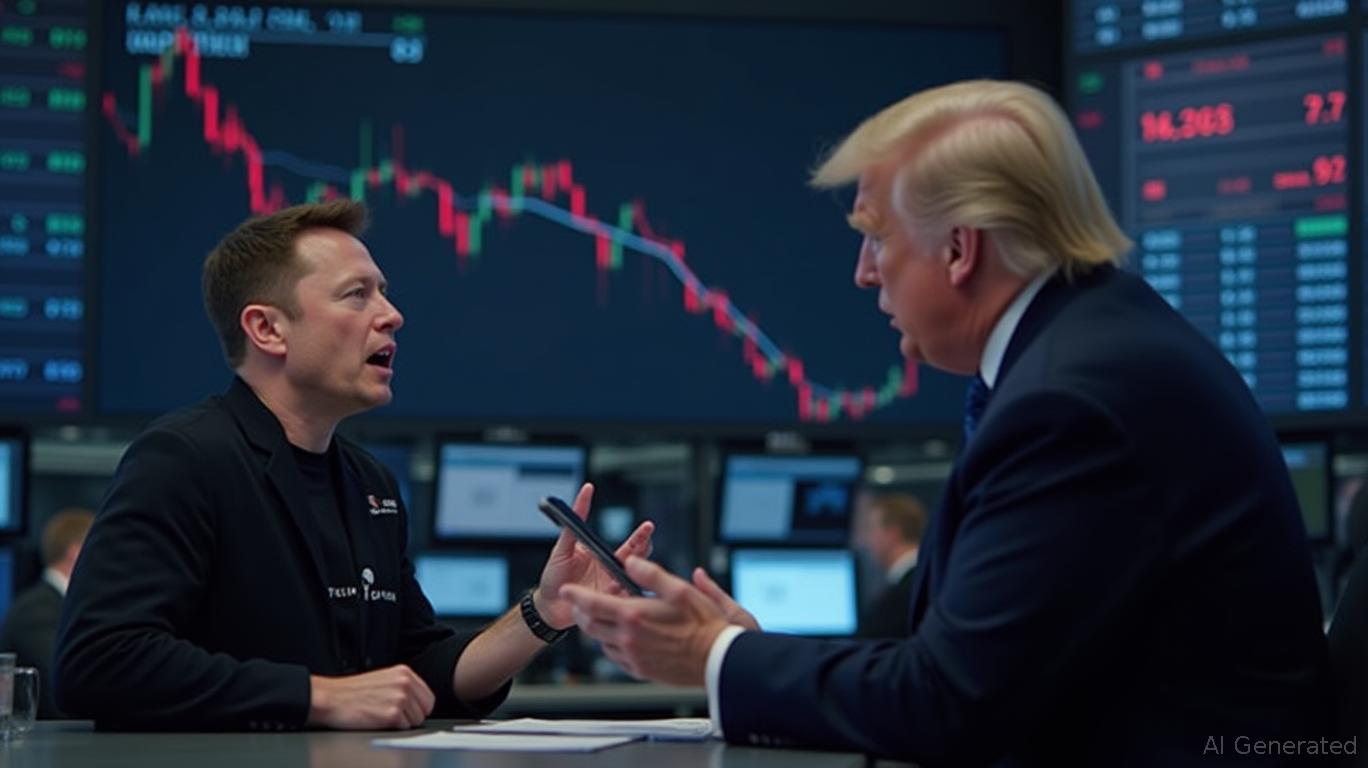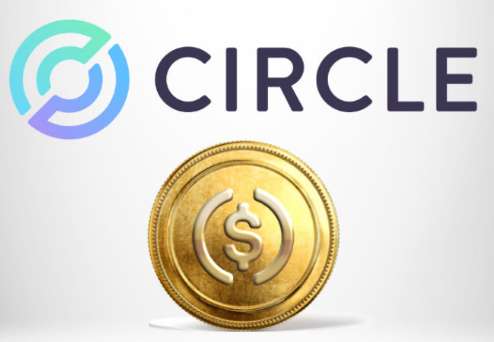Navigating Headwinds and Innovating Ahead: Navitas Semiconductor's Q1 2025 Results in Context
Navitas Semiconductor (NASDAQ: NVTS) reported its first quarter 2025 financial results, revealing a complex interplay of short-term financial challenges and long-term strategic progress. While the quarter underscored the semiconductor firm’s struggles with revenue declines and operating losses, it also highlighted breakthroughs in next-generation power semiconductor technology that position the company for future growth in high-demand markets like EVs, AI data centers, and renewable energy.
Ask Aime: What's the future of Navitas Semiconductor in the EV and AI market?

Financial Performance: A Mixed Picture
Navitas’ Q1 2025 revenue totaled $14.0 million, a 40% drop from $23.2 million in Q1 2024 and a 22% decline from $18.0 million in Q4 2024. Despite this, the figure narrowly beat analyst estimates of $13.99 million. The company’s GAAP operating loss widened to $25.3 million, though non-GAAP losses stabilized at $11.8 million. A brighter note came from its net loss per share, which improved to $0.09—better than the estimated $0.13.
Cash reserves fell to $75.1 million as of March 31, 2025, down from $86.7 million at year-end 2024. CFO Todd Glickman emphasized that liquidity remains sufficient for near-term operations but acknowledged the prolonged design-to-production cycles common in power semiconductors.
The company’s stock has struggled, declining 42.6% year-to-date as of May 5, 2025, far outpacing the S&P 500’s -3.3% decline. This reflects investor skepticism about its ability to convert long-term opportunities into near-term profits.
Ask Aime: Should I buy or hold Navitas Semiconductor?
Strategic Advancements: Betting on the Future
While financial metrics paint a cautious picture, Navitas’ technological milestones suggest it is laying groundwork for dominance in next-gen power semiconductors:
- Breakthroughs in GaN Technology:
- The world’s first 650V bi-directional GaN ICs, paired with IsoFast isolated gate drivers, enable simplified power conversion for EV charging, solar micro-inverters, and energy storage.
A 100 parts-per-billion (ppb) failure rate across 250 million GaN units shipped since 2018—100x better than industry standards—bolsters reliability for automotive and industrial markets.
SiC Innovations:
- GeneSiC SiC devices surpassed automotive-grade AEC-Q101 standards, targeting EVs and grid infrastructure. Ultra-high-voltage solutions (2.3–6.5 kV) address megawatt-scale applications like EV fast chargers.
A 12kW AI data center platform using GaN/SiC tech aims to double rack power capacity to 500 kW, aligning with rising AI compute demands.
Strategic Partnerships:
- A $450 million backlog of design wins secured in 2024 includes a critical deal with Changan Auto, China’s top EV manufacturer, for GaN-based onboard chargers (production begins early 2026).
Market Outlook and Risks
CEO Gene Sheridan framed the quarter as a “pivotal crossroads,” emphasizing that design-win ramp-ups (starting late 2025) will drive future growth. By 2028, Navitas targets a $15 billion addressable market in GaN/SiC applications, leveraging its 300+ patents and industry-first 20-year warranty for GaNFast products.
Key Risks:
- Supply Chain Volatility: Global disruptions could delay production timelines.
- U.S.-China Trade Tensions: Partnerships like the Changan Auto deal face geopolitical risks.
- Competitive Pressure: Incumbents like Infineon and Texas Instruments are accelerating GaN/SiC investments.
Conclusion: A Long-Term Play on Disruption
Navitas Semiconductor’s Q1 2025 results reveal a company in transition: financially challenged today but strategically positioned to capitalize on the energy and AI infrastructure revolutions. Its $450 million design win pipeline, industry-leading reliability metrics, and first-mover advantages in bi-directional GaN ICs and SiC solutions suggest it is planting seeds for sustained growth.
While near-term losses are expected to persist until 2026, the Zacks Rank #2 (Buy) rating reflects optimism tied to its innovation pipeline and the $15 billion market opportunity. For investors willing to tolerate short-term volatility, Navitas offers exposure to transformative power semiconductor technologies that are critical to the global shift toward electrification and AI-driven systems.
The path forward hinges on executing against its design wins, navigating geopolitical risks, and maintaining its technological edge. With its robust IP portfolio and partnerships, Navitas appears poised to “electrify our world”—even if the financial payoff is still a few quarters away.

























